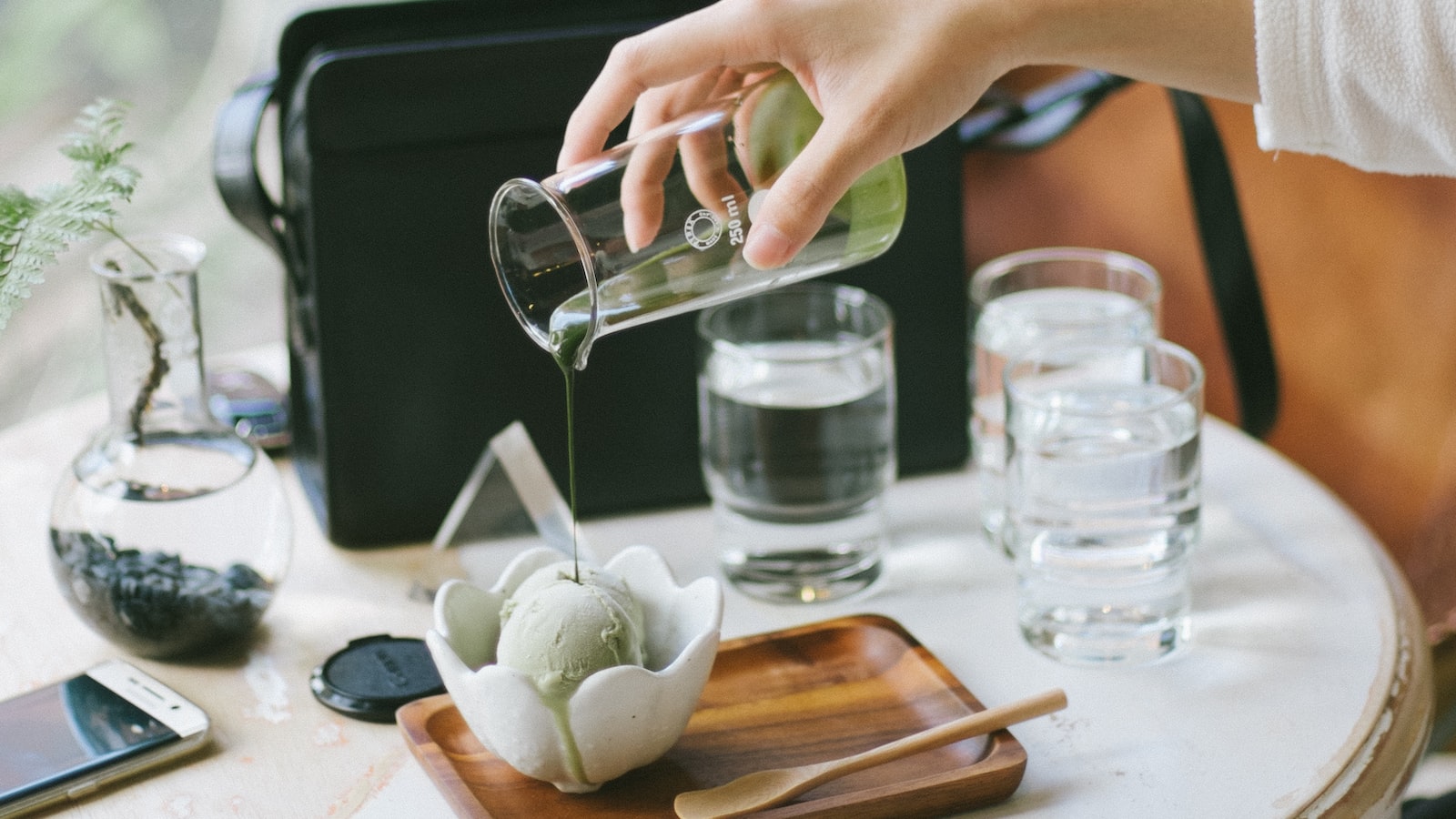Growing Peppers Indoors – Guidelines & Tips
Growing peppers indoors is a great way to enjoy delicious, home-grown peppers all year round. Peppers are a cool-season crop that produce long-lasting fruit and can be harvested over a long harvest season. Here are some guidelines and tips on how to successfully grow peppers indoors.
Location and Lighting
The key to growing peppers indoors is providing the optimum location and lighting for success. Find a location in your home that gets full sun for most of the day and that will remain warm and consistent throughout the entire day. You can also supplement your pepper plants with grow lights to provide the extra sunshine they need. To determine how far away to place your lights from the plants, aim for a general rule of thumb of 12-14 inches away.
Soil Selection
For successful pepper cultivation, make sure to use a light, well-draining soil. Garden soil can be amended with compost or other organic material to create a light, loamy soil perfect for peppers. Make sure your soil pH is between 6.0 and 7.0 for the healthiest pepper plants.
Watering
Keep the soil evenly moist, but not soggy. Do not overwater as this can cause root rot. During the growing season, water your pepper plants deeply but infrequently to encourage deep roots. Reduce watering as the fruits develop. Also, check your plants frequently to make sure they’re well-watered.
Temperature
Most peppers prefer a steady 65-70°F temperature for growth. When temperatures exceed this threshold, pepper plants will generally stop growing and will slow or cease fruit production. Make sure your home’s temperature stays in a range that is comfortable for your pepper plants.
Fertilizing
Fertilize with a balanced organic fertilizer every two to three weeks. Avoid using high nitrogen fertilizers, as this can increase the foliage but not the fruit. Pepper plants love organic matter like compost, coffee grounds, manure, and more, and using organic material like this to fertilize can provide a great boost for their growth.
Harvesting
For the best flavor, most peppers should be harvested when they mature to their full size and color. This can be anywhere from green to a variety of colors (if cultivars are grown). If you want to speed up the ripening process, place ripe vegetables or fruits near your plants. When removing peppers from your plants, use scissors or tweezers to avoid damaging the plant. Keep an eye on your peppers regularly to get the best harvest.
Conclusion
Growing peppers indoors can be fun and rewarding with the right guidelines and tips. It’s important to make sure you provide the optimum location and lighting, use the correct soil, keep soil temperature under control, keep your plants well-watered, and fertilize and harvest regularly. With the right care, you’ll be enjoying delicious, homegrown peppers all year round.



